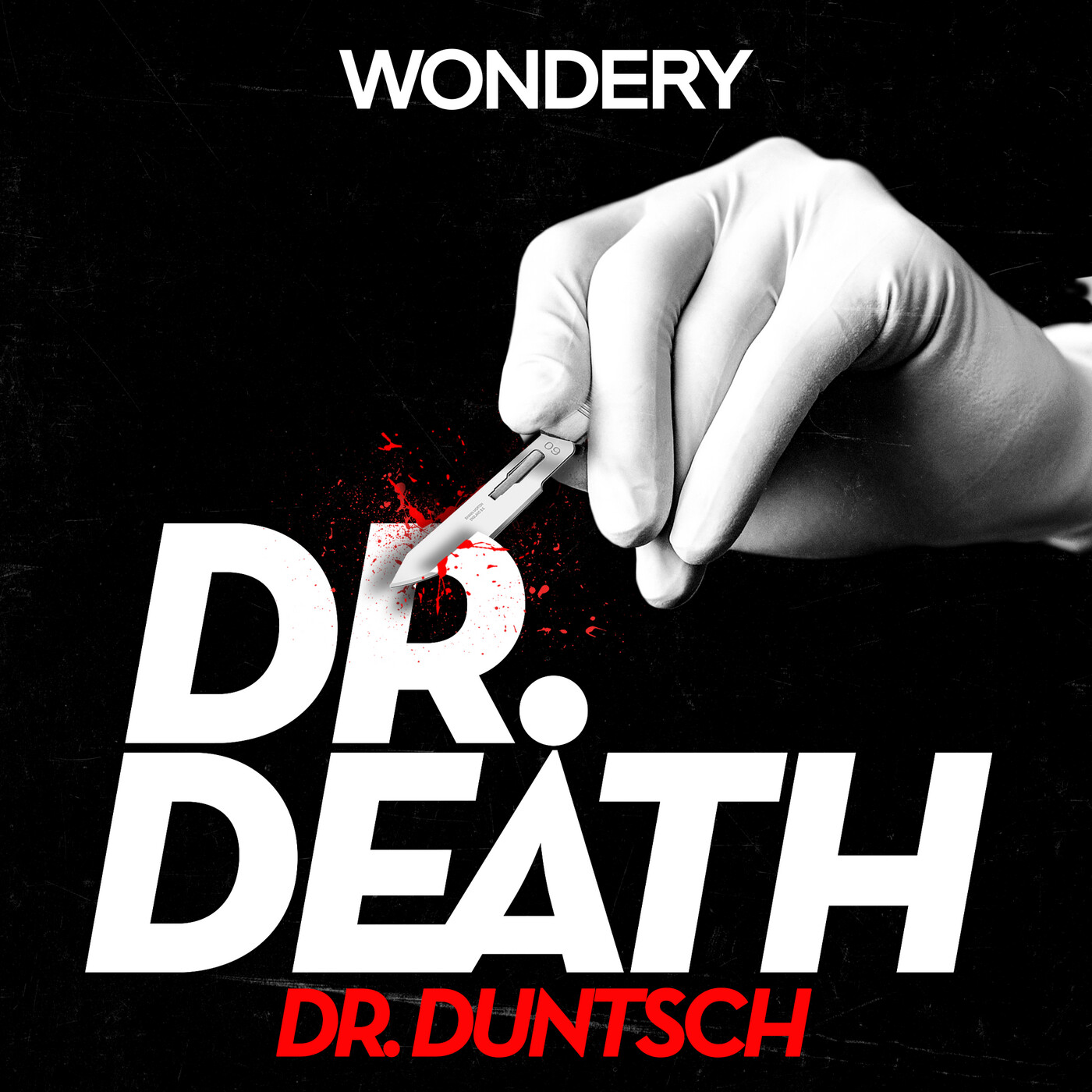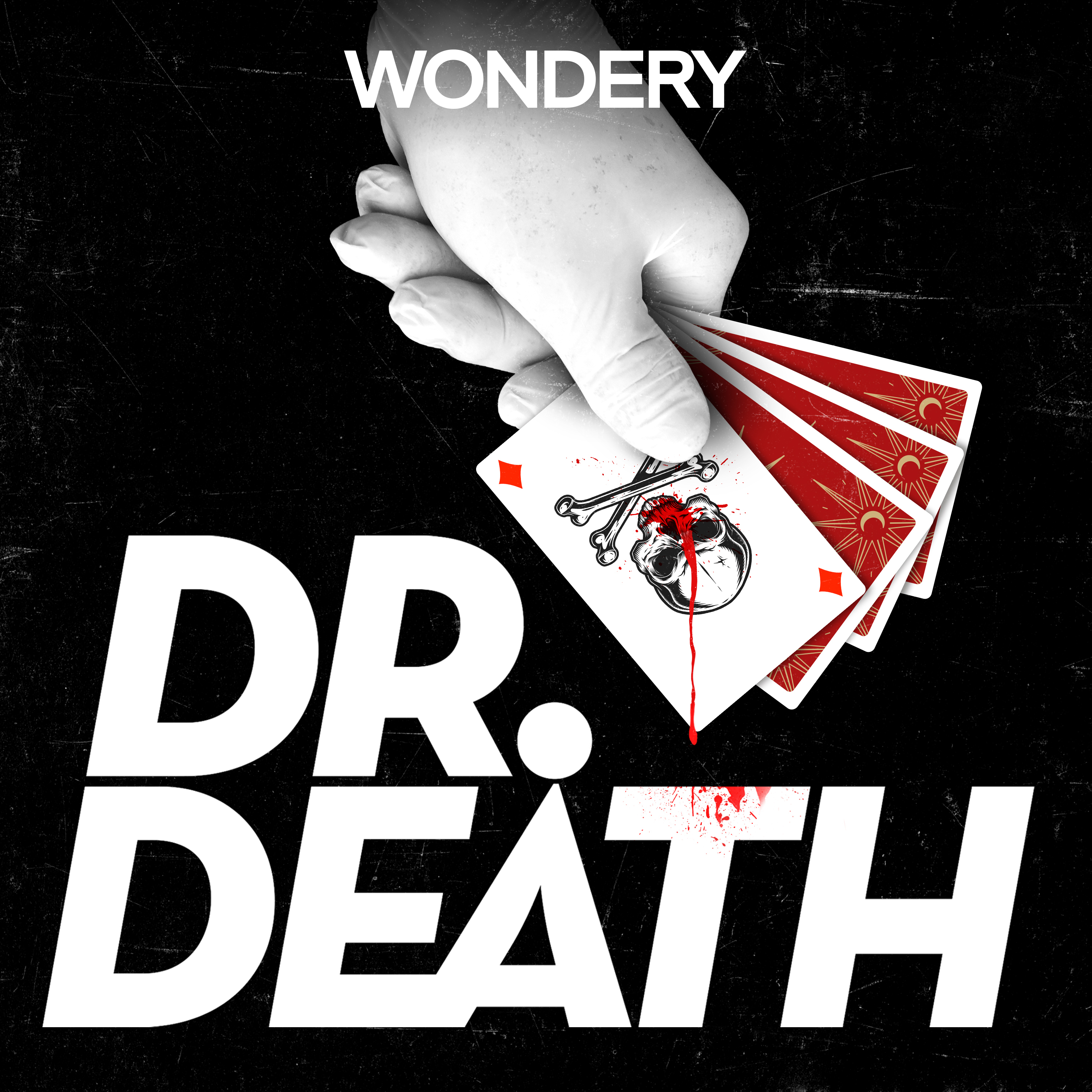
What was the initial reaction of Dr. Robert Henderson when he was called to correct a surgery performed by Dr. Christopher Duntsch?
Dr. Henderson was deeply concerned and suspicious after reviewing the x-rays and operative notes. He described the surgery as a 'travesty' because Dr. Duntsch had not performed the procedure as planned, leading to severe complications for the patient.
What were the consequences of Dr. Duntsch's surgery on Mary Eford?
Mary Eford, who had walked into the hospital on her own, was left in unbearable pain and unable to move her legs or wiggle her toes after the surgery. She lost nearly a third of her blood volume during the operation and required immediate corrective surgery by Dr. Henderson.
Why did Dr. Henderson suspect that Dr. Duntsch might be an impostor?
Dr. Henderson suspected Dr. Duntsch might be an impostor because the surgeries he performed were so disastrously botched that it seemed impossible for a trained surgeon to make such catastrophic errors. Duntsch's actions, including operating on the wrong disc and causing severe nerve damage, led Henderson to question his qualifications.
What happened to Floella Brown after her surgery performed by Dr. Duntsch?
Floella Brown suffered severe complications after her surgery, including a punctured artery in her neck caused by a misplaced screw. She was transferred to another hospital but never regained consciousness and was eventually withdrawn from life support.
How did Dr. Duntsch's behavior in the operating room raise concerns among the surgical staff?
Dr. Duntsch's behavior raised concerns because he appeared disheveled, had pinpoint pupils, and seemed to be under the influence of drugs. He also wore the same scrubs for three days, violating sterility protocols, and insisted on performing procedures the hospital was not equipped to handle.
What did Dr. Henderson discover during his corrective surgery on Mary Eford?
Dr. Henderson found that Dr. Duntsch had caused extensive damage during the surgery, including screws placed incorrectly in the spinal canal, severed nerves, and bone fragments where they shouldn't be. Duntsch had also operated on the wrong disc, leading to irreversible damage.
What was the outcome of Shirley Mock's second surgery performed by Dr. Duntsch?
Shirley Mock's second surgery was far more painful and traumatic than her first. She required a blood transfusion and woke up in excruciating pain, describing it as the worst she had ever experienced. The surgery took twice as long as the first and left her in agony for weeks.
What actions did Dr. Henderson take after witnessing the damage caused by Dr. Duntsch?
Dr. Henderson began investigating Dr. Duntsch's background and documented the surgical errors he found during Mary Eford's corrective surgery. He also advocated for Duntsch's removal from the hospital, leading to the revocation of his privileges at Dallas Medical Center.
What systemic issues in the healthcare system does the story of Dr. Duntsch highlight?
The story highlights systemic failures in the healthcare system, including the lack of oversight and accountability for dangerous doctors. Hospitals often avoid taking decisive action against problematic physicians, allowing them to move to other institutions and continue harming patients.
- Patients had vastly different experiences with Dr. Duntsch, ranging from positive to catastrophic.
- Two cases, Mary Eford and Floella Brown, illustrate the severity of Dr. Duntsch's malpractice.
- Dr. Duntsch's surgeries were poorly executed, resulting in severe patient harm and even death.
Shownotes Transcript
All physicians are taught, “First do no harm.” But what happens when a doctor does harm his patients?
Dr. Robert Henderson was a veteran spinal surgeon in Dallas when he got an unusual phone call from a local hospital: a new surgeon had operated so poorly that a patient who’d walked in on her own two feet now couldn’t even wiggle her toes. Dr. Henderson had seen a lot, but he wasn't prepared for this. The surgery was so bad, in fact, he asked himself whether this person possibly be an impostor impersonating a physician?
“Death Don’t Have No Mercy” performed by Delaney Davidson and Marlon Williams, courtesy of Rough Diamond Records.
Please tell us what you think about our show and help us by answering a few questions at wondery.com/survey)
Need more Dr. Death? With Wondery+, you can listen to all episodes, unlock exclusive content, get early access to upcoming episodes, and enjoy an always ad-free experience. Start your free trial in the Wondery App or visit wondery.com/links/dr-death/) now.
See Privacy Policy at https://art19.com/privacy) and California Privacy Notice at https://art19.com/privacy#do-not-sell-my-info).
